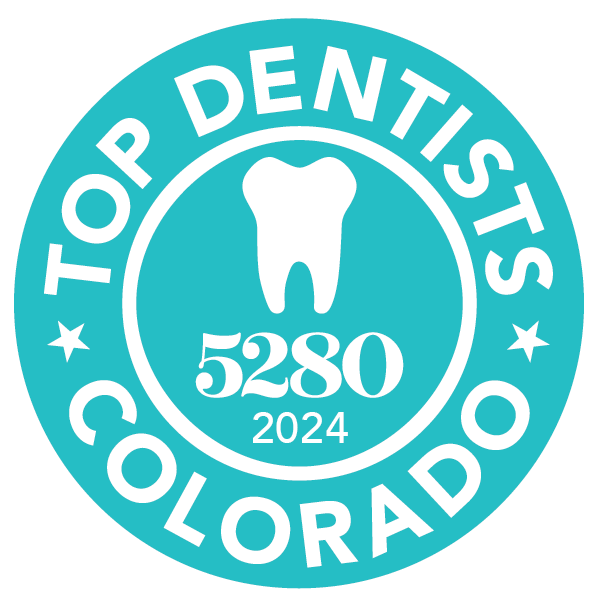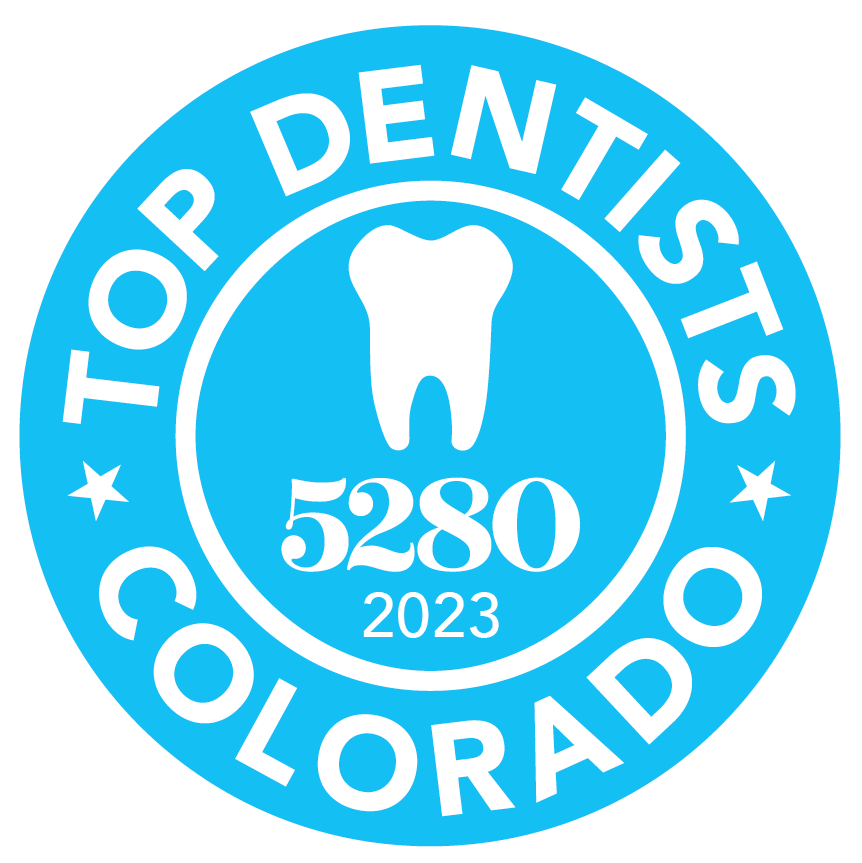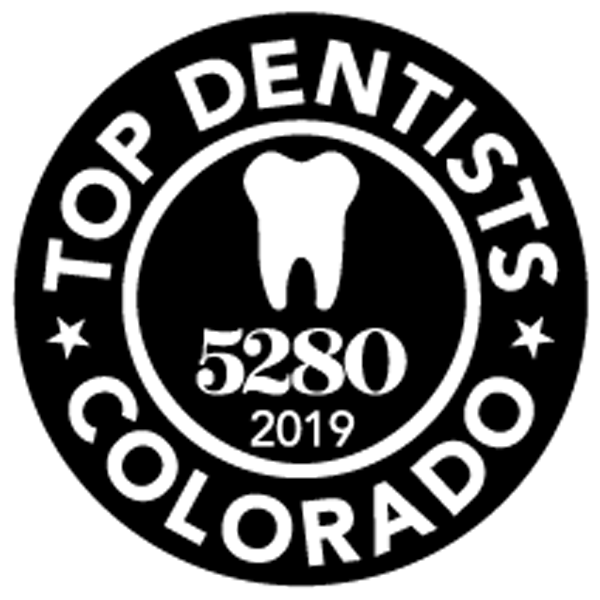A staggering 90% to 96% of US adults aged 20 and above have had dental decay at some point. Worse, up to 31.6% of adults aged 22 to 44 still have untreated caries.
It’s no wonder then that as many as 120 million people in the US have already lost at least one permanent tooth.
If you’re not part of this group, then now’s the best time to learn all about the types and benefits of dental implants. The sooner you do, the sooner you can prevent the short- and long-term consequences of tooth loss.
Ready to learn all about your dental implant options and how they can benefit you? Then let’s dive right into it!
Dental Implants 101
A dental implant is a type of fixed oral device that serves as a replacement for tooth roots. These are usually made of titanium because of the metal’s impressive biocompatibility rate. Aside from high resistance to corrosion, titanium also has a high specific strength.
Since implants replace tooth roots, they are usually placed right into the jawbone. In some cases, the dentist may place the implant just above the bone. This variation in the surgical location determines the type of implant you’ll receive.
Once the bone and gums heal over the implant, the dentist can then place the abutment. This metal post is where the artificial tooth will go on top of. In this case, you may need to undergo at least two surgical procedures.
There are, however, some instances that involve only one surgery. In this setting, the dentist can place both the implant and the post at the same time.
Your Tooth Implant Options
The three main types of implants are endosteal, eposteal, and transosteal implants. Endosteal implants are the most popular and most common.
WHAT IS ENDOSTEAL IMPLANT?
An endosteal implant is the type of implant surgically placed into the jawbone. This is also known as “endosseous implant”. Every year, US dentists perform 450,000 placements of these osseointegrated implants.
WHAT ABOUT EPOSTEAL IMPLANTS?
An eposteal implant, also known as a subperiosteal implant, goes just right above the jaw bone. It’s less common than the endosteal kind, but dentists use them in patients who don’t have enough bone.
WHEN THEN IS A TRANSOSTEAL IMPLANT USED?
A transosteal implant is the least-used of all types of implants, as it is the most complex. One reason is that it involves placing a metal plate to the jawbone’s underside. Screws are then drilled through the jawbone to secure the plate.
Because of this, transosteal implants can only replace missing lower teeth. However, they may be the only option for patients who have severe bone resorption. They may not have enough bone to support an endosteal or subperiosteal implant.
The Main Benefits Of Dental Implants
Dental implants have an impressive long-term success rate of up to 98%. That’s a good enough reason to make you consider them as your first choice when replacing lost teeth.
Tooth implants, however, have many other benefits and advantages. Let’s take a closer look at some of them.
THE CLOSEST THING TO NATURAL-LOOKING TEETH
One of the main benefits of dental implants is that they look so much like natural teeth. Yes, tooth implants offer the closest resemblance to the teeth you’ve lost.
PROVIDES STIMULATION TO THE JAWBONE
The jawbone needs enough stimulation, otherwise, it’ll begin to resorb and deteriorate. Over time, this can lead to unwanted facial changes. Your cheeks and lips may start to sink or become sunken.
The great news is, implants have a stimulating effect on the bone, much like natural teeth. Again, that’s because they’re directly connected to the jawbone. So, whenever you bite or chew with an implant, you’re also stimulating your jawbone.
MOST PEOPLE CAN GET DENTAL IMPLANTS
The best candidates for dental implants are those who have healthy gums. This doesn’t mean, however, that you can no longer get them if you have periodontal or gum disease. You still can, but you need to see a Colorado periodontist first to make your gums healthier.
In fact, dental implants have even shown to trigger the growth of new bone. This is why even people who’ve lost quite a lot of bone or have osteoporosis can still benefit from implants.
Why Not Dentures?
In the US, 90% of people who no longer have any teeth left use dentures. After all, dentures or “false teeth” are the most affordable prosthesis available today. They also take little time to manufacture and usually don’t any involve any surgery.
However, dentures are often associated with a high avoidance rate for food. Worse, many of the types of food that denture-wearers often avoid are nutritious. As such, the quality of their diet suffers mainly due to their prosthesis.
In another study, as many as 29% of people with dentures said they can only eat mashed food. Half of the surveyed patients also said they avoid many kinds of food. As a result, many of the patients, especially women, had lower fruit and vegetable intakes.
These are problems that high-quality dental implants prevent. Since they’re surgically attached, they are secure and won’t move as dentures do. This then makes it a lot easier to bite, chew, and yes, even speak!
Dental Implants Are Your Best Option For Replacing Lost Teeth
There you have it, your ultimate guide on the types and benefits of dental implants. While they can’t beat natural teeth, they’re your best option to replace the ones you’ve lost. With properly-placed tooth implants, you can make your remaining teeth and gums healthier.
Ready to enjoy the difference that dental implants can bring to your life? Then please feel free to get in touch with our dental team now! We’ll be happy to answer any questions you have about implants and our other dental services!








